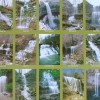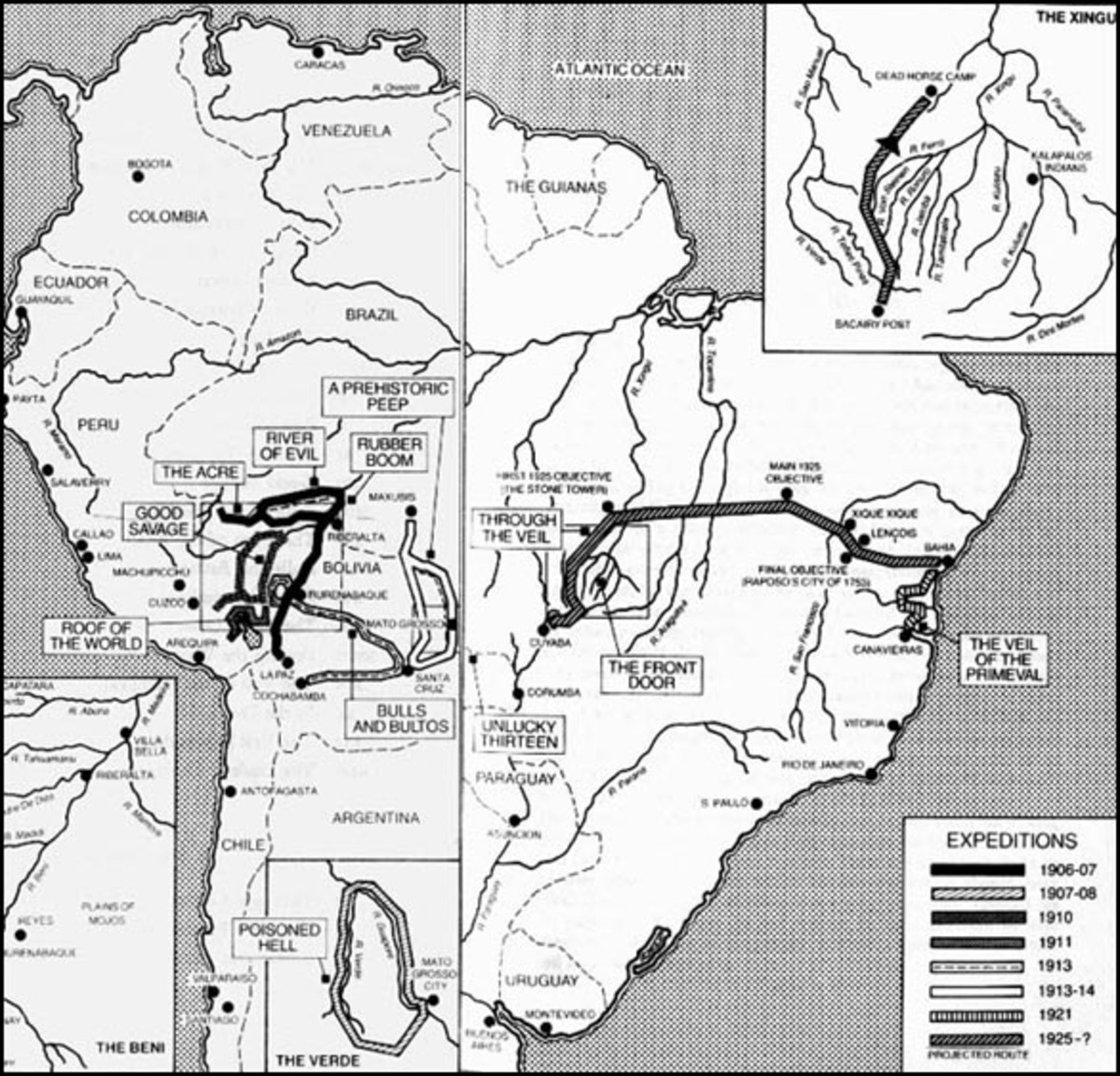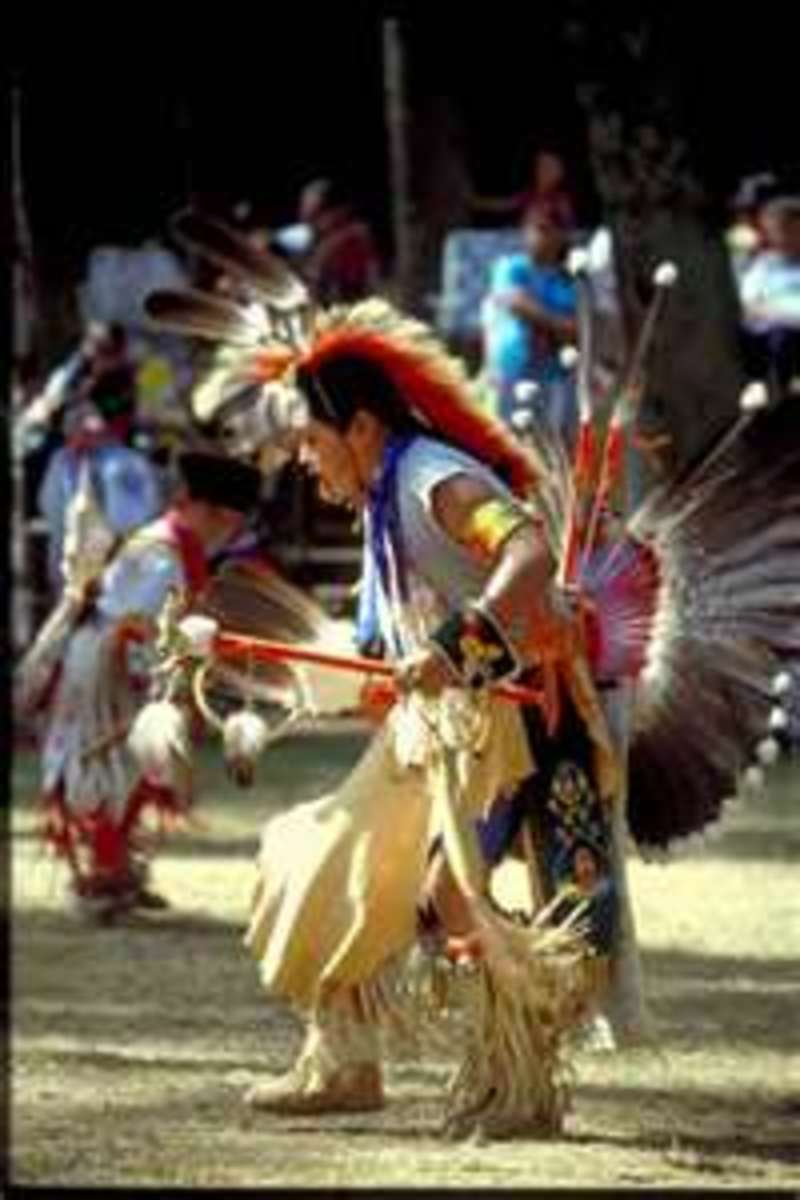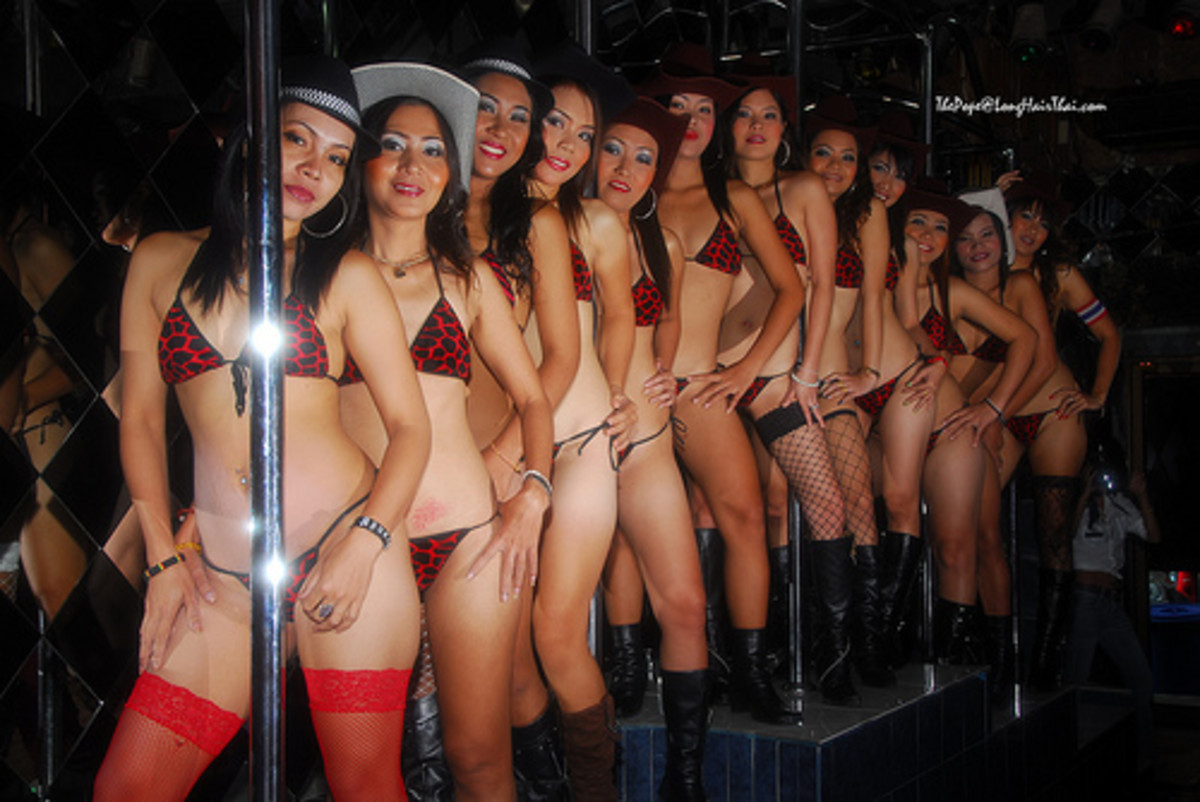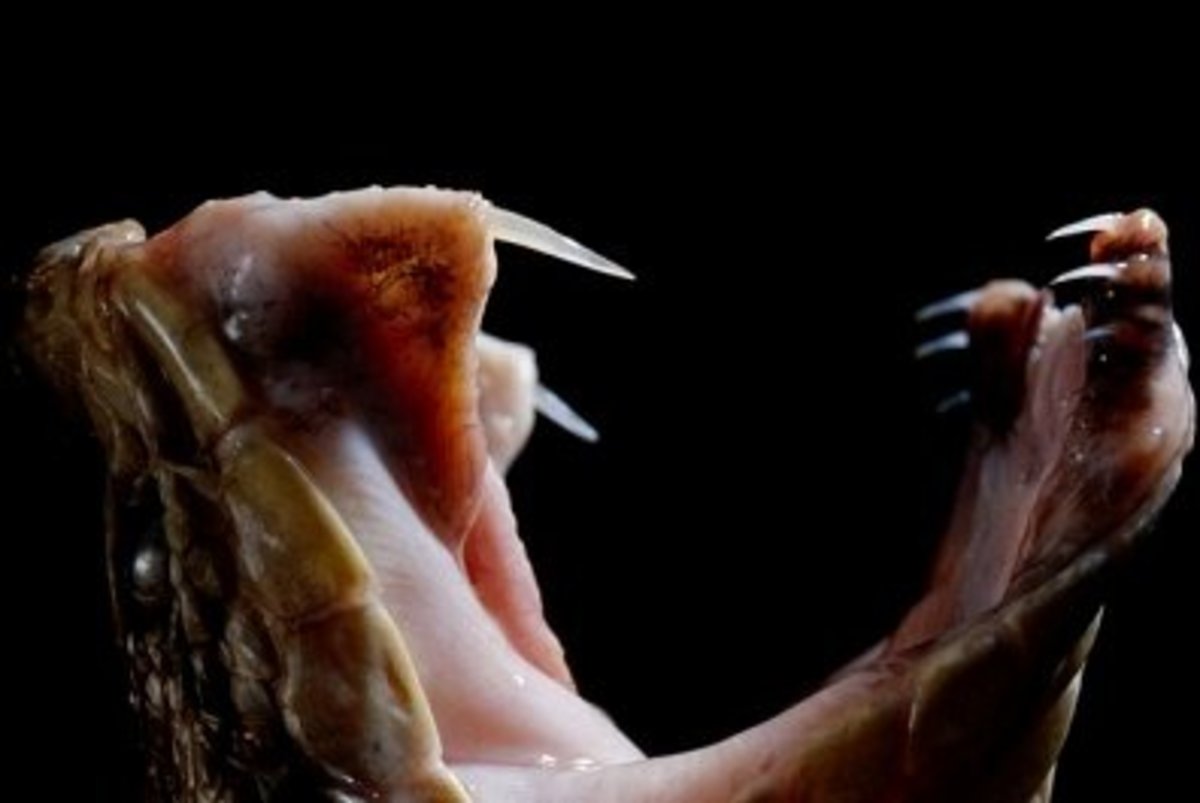Visiting the Embera Indians in the Panamanian Jungle
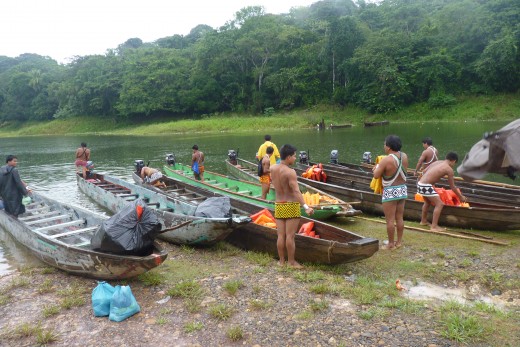
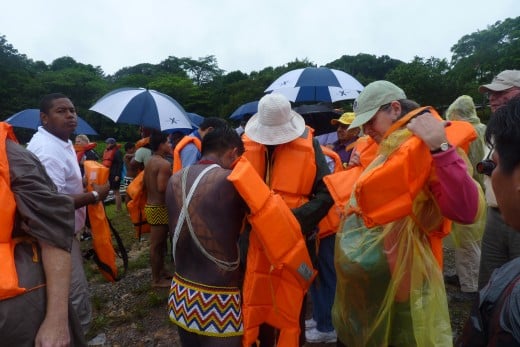
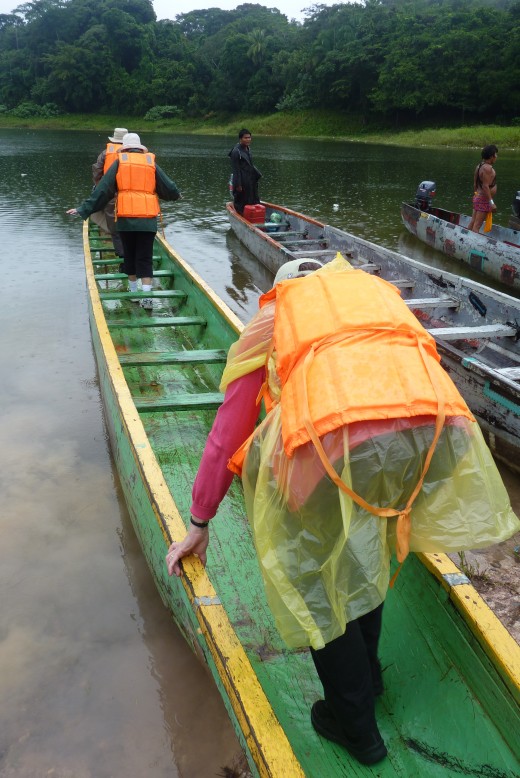
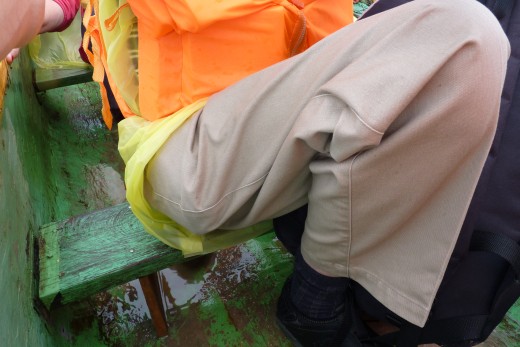
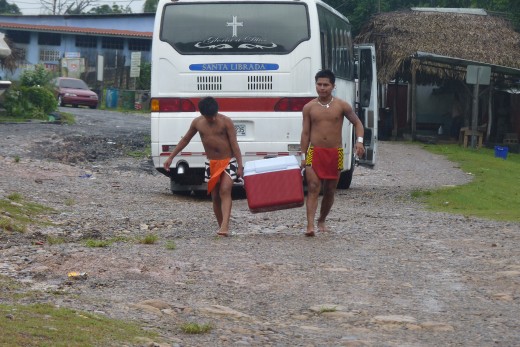
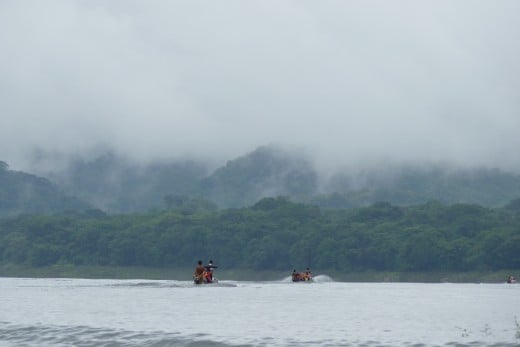
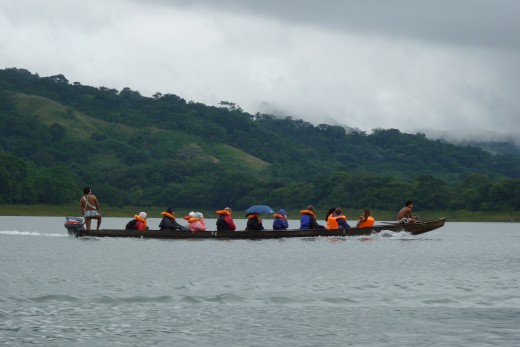
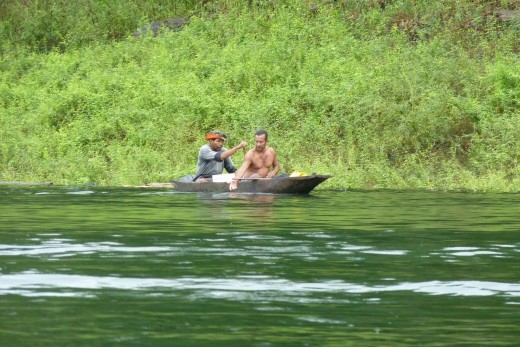
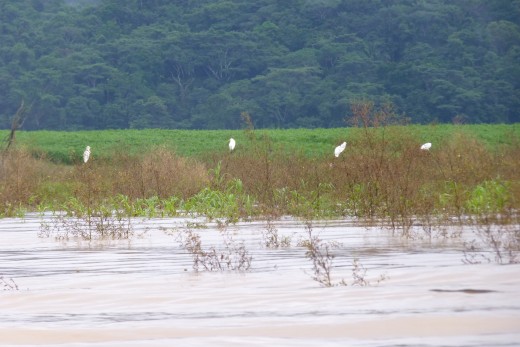
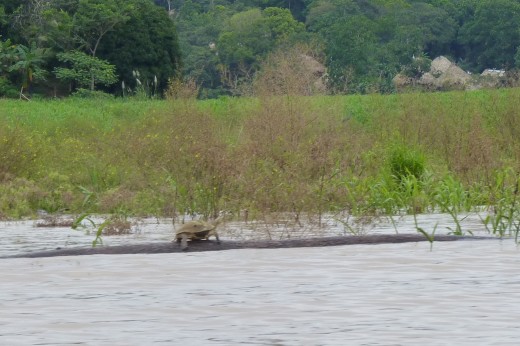
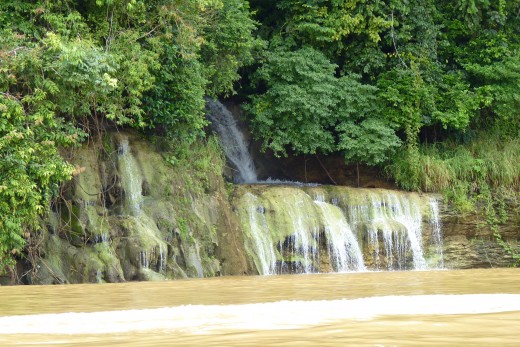
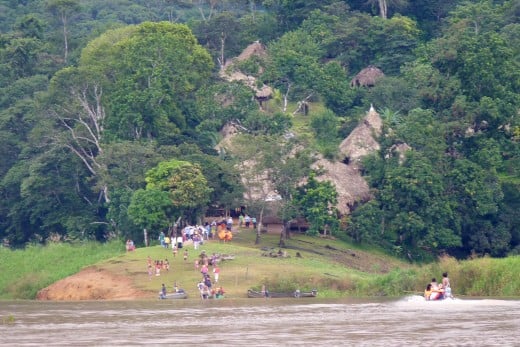
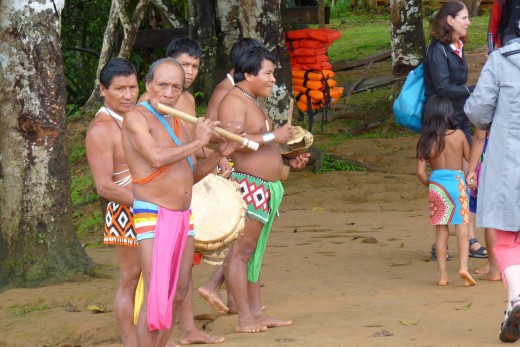
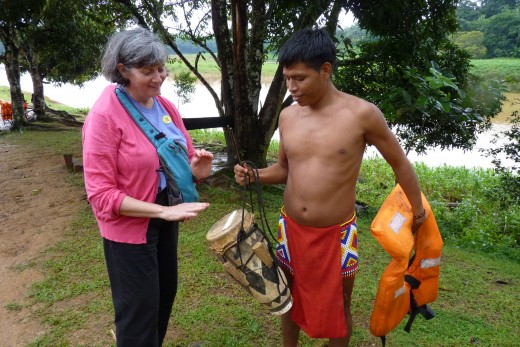
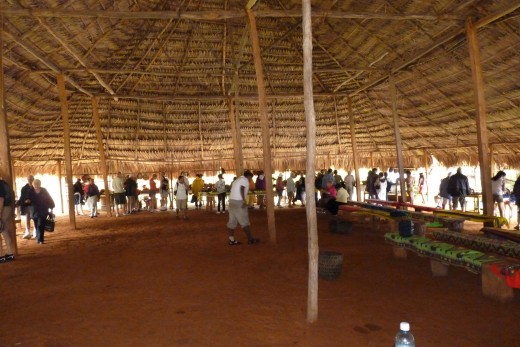
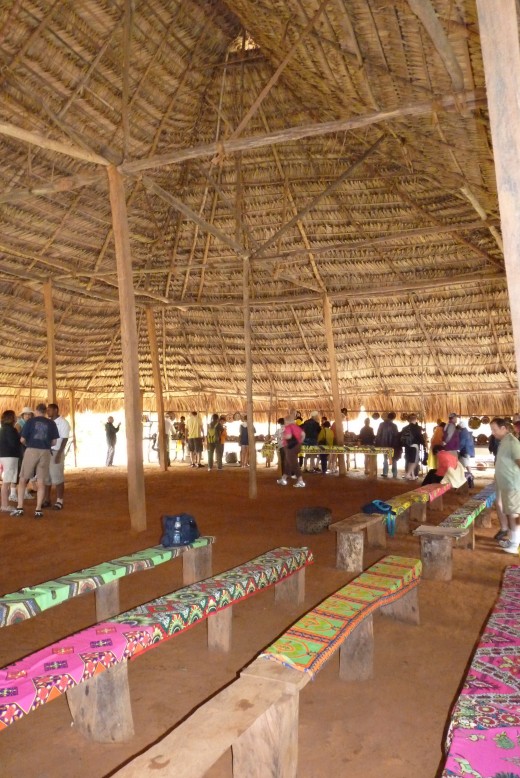
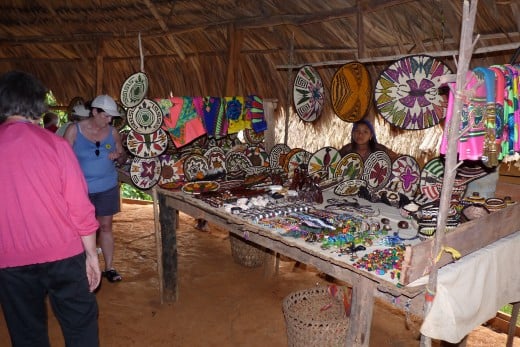
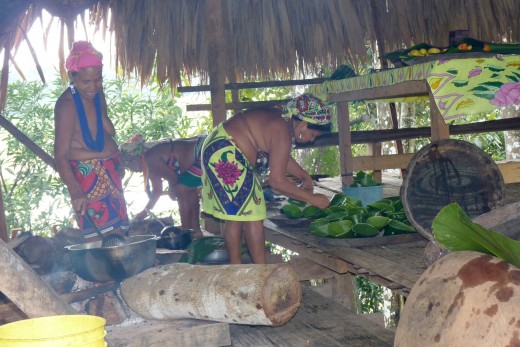
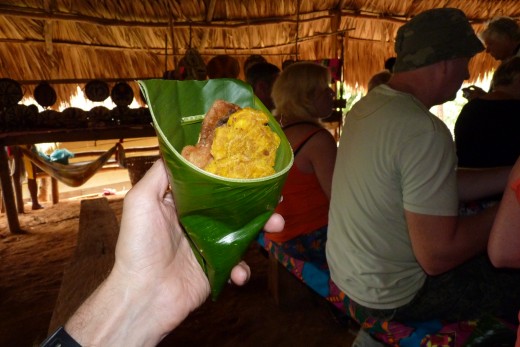
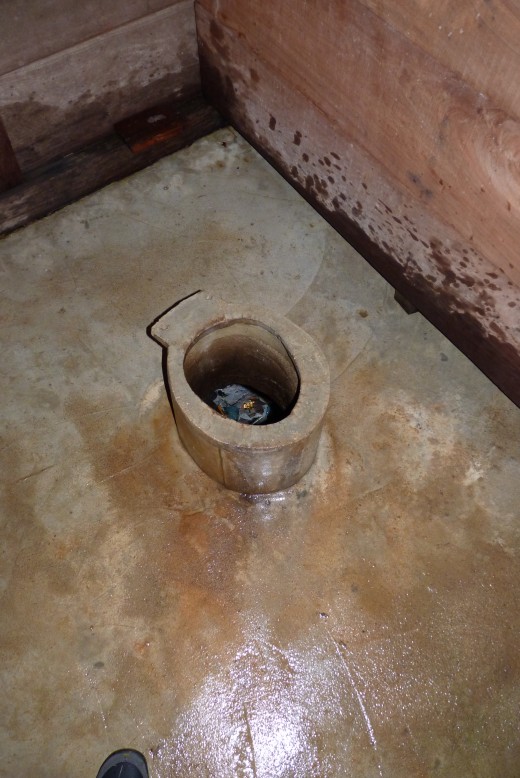
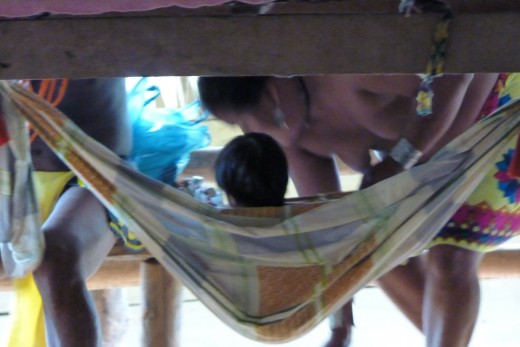
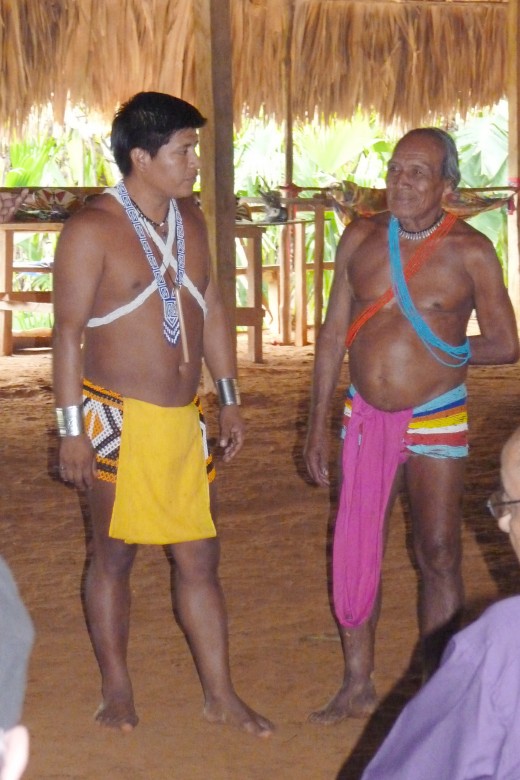
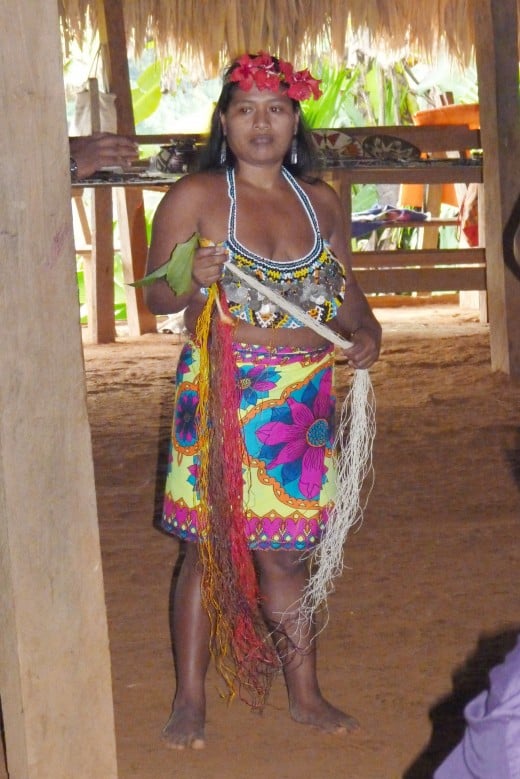
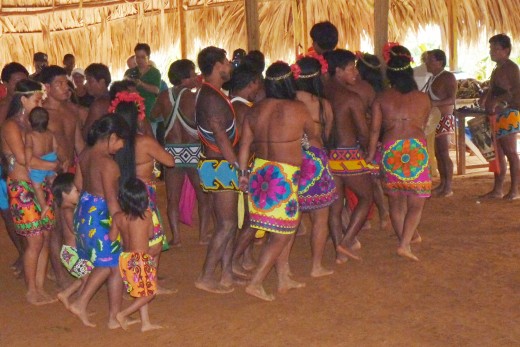
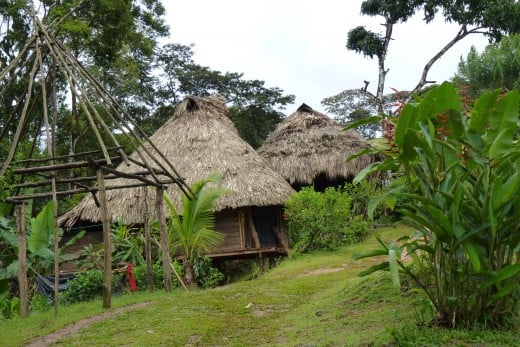
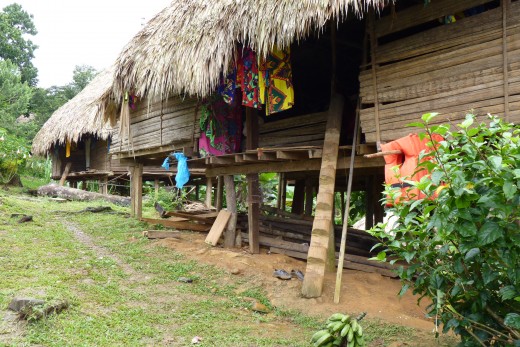
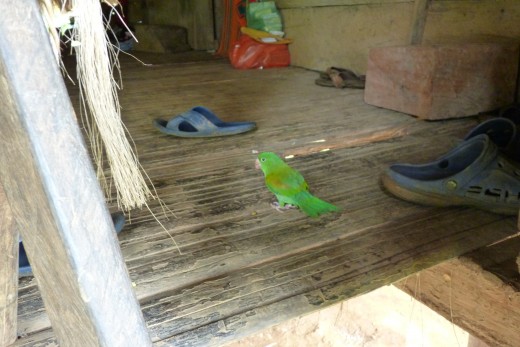
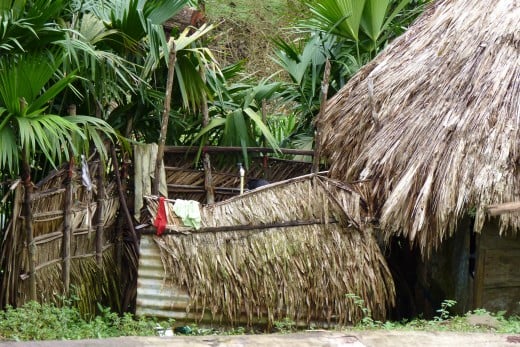
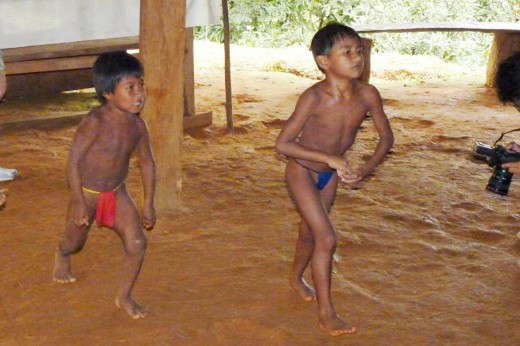
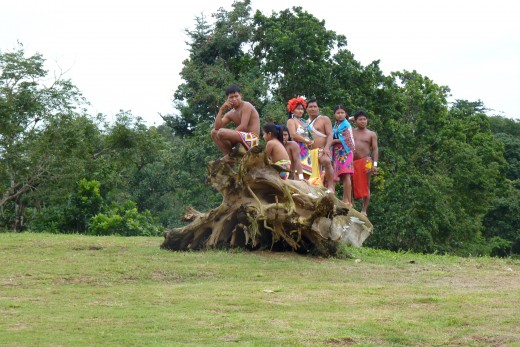
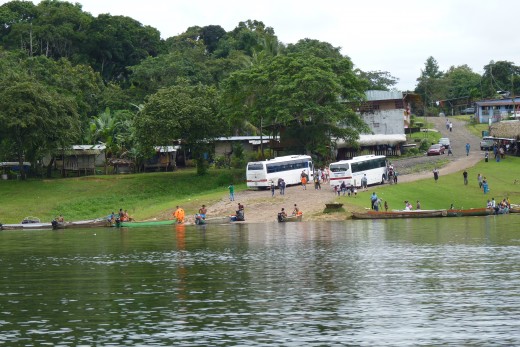
Jungle People of Panama - The Embera Indians
We were fortunate to be able to take a cruise on the Celebrity Infinity in October 2011 from Fort Lauderdale Florida, to Cartagena Columbia and then to Colon Panama before passing through the Panama Canal the following day to the Pacific Ocean followed by numerous stops afterwards. This Hub describes our shore excursion while our ship was docked in Colon Panama on the Atlantic Ocean side.
We chose the shore excursion to visit the Embera Indians in their native village in the heart of the Panamanian jungle. There was a maximum weight restriction of 230 pounds for this excursion as you have to travel in a dug-out canoe for 40 minutes. We had our fears and doubts of going into the jungle in a dug-out canoe but believed that we may never get another opportunity to experience a truly native jungle culture.
There were two buses to take about 75 passengers from the 2,000 passenger Celebrity Infinity cruise ship for an hour drive into Panama to the Chagres River to meet our Embera Indian guides and hosts. Our tour guide was able to speak English, Spanish and the native language of the Embera Indians, thus communication was no problem.
It was a rainy and misty day as our buses approached our transfer point at the Chagres River. On the banks of the Chagres River were nine dug-out canoes with several Embera Indians in nothing else but brief coverings around their waist eagerly waiting to take their prey into the jungle, or so it seemed!
All of us were given lifejackets which we put over our rain gear, and then we had to gingerly climb into the canoe one at a time (canoes are only one person wide) and sit on wet boards. Then many of us put up our umbrellas to stay dry as the Embera Indians brought coolers of drinking water onto the canoes for our lunch later.
Each canoe had two Embera Indians on it, one with a pole to watch out for logs, crocodiles and other obstructions, while the other started the outboard motor and drove us up the Chagres River for a 40 minute ride into the heart of the Panamanian jungle.
If you look at the pictures, you will see us tourists on the canoe with umbrellas, rain gear, and lifejackets while our hosts have nothing on except the covering around their waists! We wondered what they thought of us! We wondered what are we in for!
The ride up the Chagres River was the beginning of a truly wonderful and amazing experience! Being the end of the rainy season, it was raining, but only lightly and it actually stopped by the time we reached the village. We passed by cloud covered mountains, swollen riverbanks, other Embera Indians paddling and fishing, birds, turtles, waterfalls, numerous floating logs and deadheads but luckily no crocodiles!
At their village the canoes were beached and again we had to climb off one at a time to shore. As we approached the main building used for gatherings, we were treated to a small band playing their native music. Marilyn, my wife even tried one of their drums as she has a similar drum at home.
Once inside the main hall, made only of native material from the jungle, we could inspect the crafts made by these Indians which were on display and for sale around the building. I instead asked for the washroom and it was located two huts away, just past the kitchen hut where the women were cooking our lunch. I stopped in to see them as they prepared our lunch of Tilapia fish they had caught that morning and fried plantain. Some of the women were topless, but apparently the majority covers up when the tourists arrive (as other tourists in the past had been offended) and then disrobe after we leave!
There were two bathrooms, one for women and one for men. The washroom huts were straw covered huts with a wooden floor and a hole in the floor. Outside there was a tap connected to the stream up the hill which provided sufficient pressure for slow running cold water to wash our hands!
Back in the main hut, our lunch was served in plantain leaf, wrapped into a funnel shape and pinned with a twig. We ate with our fingers and to drink we had bottled water which they had brought from the bus. We were told that all the empty plastic water bottles would be taken back to the bus when we returned, thus no garbage in the village.
After lunch, we had a question and answer session with the Embera Chief, through a translator, and were told many things. There are about 72 people living in this one village however there are many similar villages along the river. All the villages are protected by the government as this area is a national park where only the Embera Indians can live and no other development is allowed.
After this session the Embera Indians put on several native dances and music for us, even inviting us to dance with them. During this entertainment, I actually left and walked up the rain soaked hill to their homes as I wanted to see how they actually live.
There is no electricity. All the homes have straw thatched roofs built on stilts above the ground to allow for the water to flow under and to have level floors as most of the land was not level. To climb into their homes, they had a log notched out which served as a ladder.
I really wanted to see the inside of one of these huts, thus when I passed one hut, I asked in a loud voice: “Does anyone speak English?” and to my surprise one teenager replied Yes! I asked if I could come in and he replied that I could. Gingerly I climbed up the slippery notched log (wet from the rain), and to my surprise a green pet budgie was walking on the floor in front of me. This is surprising as these huts have open walls and the budgie could easily fly away, but they do not. The hammocks I saw in the hut are used by the Embera Indians for sleeping.
These children had just returned from school by the same 40 minute dug-out canoe ride that we had taken, thus they do go to school where they can learn Spanish, English and all the other things taught in the Panamanian schools. They dress up in normal school clothes when at school, but as soon as they arrived home, they changed into the native Embera Indian clothes. Their shoes (crocks) were left outside at the bottom of the notched log. They all go bare feet in the village.
The Embera Indians are very friendly, eager to show and explain their culture to outsiders and amazing hosts! They have retained much of their culture and lifestyle but have accepted some modern improvements such as attending school and using outboard motors on their large passenger canoes.
It was time to leave and sadly we had to say goodbye to our native hosts, take the 40 minute dug-out canoe ride back to our buses and return to civilization. We all agreed that this was one of the most memorable shore excursions that we had ever experienced!
Video of ride on dug-out canoe up the Chagres River to the Embera Indian Village
- Dug-out Canoe Ride with Embera Indians up the Chagres River in Panama - YouTube
This video shows us in the dug-out canoes as we head up the Chagres River.
